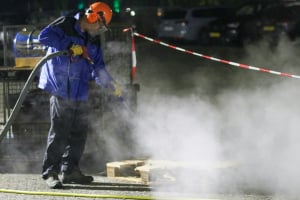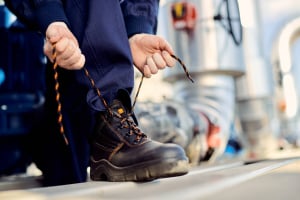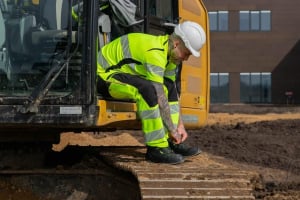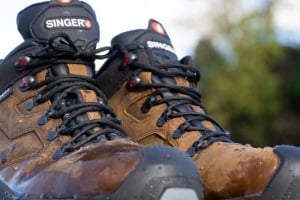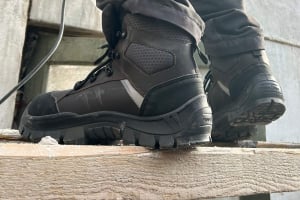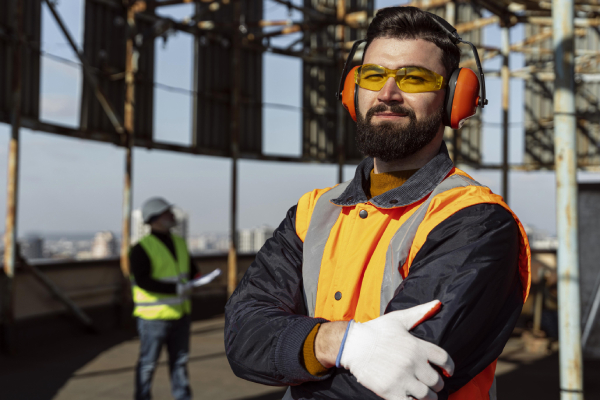
How to choose the right PPE for your professional activity?
Personal protective equipment is essential to ensure the safety of workers in their professional activities. But how do you choose the right models for your industry? In this article, you will find practical advice and key information to help you find the PPE that best suits your needs.
What does the word PPE mean?
The word PPE or Personal Protective Equipment brings together all the equipment used by professionals to guarantee their security. Their primary role is to keep users safe from specific risks related to their work environments. According to article R. 4321-4 of the Labor Code, they must be provided by employers and are accompanied by the implementation of preventive actions against the dangers of the job.
Why is wearing PPE and work clothes compulsory?
As mentioned previously, wearing PPE is essential so that users can work in the best possible conditions. Although optional in most cases, this equipment becomes mandatory in the event of risks that cannot be avoided with the implementation of preventive measures. Law n° 91-1414 of December 31, 1991 includes in particular a legislative part of the Labor Code detailing the regulations on the use of PPE.
What are the 3 main criteria to consider when choosing personal protective equipment?
If wearing PPE is required in your workplace, you will need to know certain criteria to choose the most suitable items for your needs.
The nature of the risks encountered in the workplace
Regardless of the sector of activity, risk assessment and the implementation of prevention are obligations that fall primarily to the employer. The latter must, in the event of the presence of dangers that cannot be avoided, include the use of PPE in the internal regulations of his establishment. He can also provide adequate training to inform his employees of the importance of safety equipment. This will help workers recognize which items are most suitable for them.
The degree of protection
The degree of protection provided by wearing PPE can be classified into three categories:
- protection against minor risks: this includes class 1 PPE, protecting the user from minor injuries of a mechanical, chemical or physical nature;
- Protection against major risks: specific to class 2 PPE, ensuring the safety of workers against serious injuries affecting vital parts and which may cause irreversible damage;
- Protection against serious risks: this concerns class 3 PPE which protects professionals against injuries with irreversible or even fatal effects.
Compliance with safety standards
The production and use of PPE are governed by 5 fundamental standards, in accordance with the safety rules put in place by the European Parliament:
- EN ISO 11612 and EN 407 standards: protection against heat, flames and any other thermal risk;
- The EN ISO 11611 standard: resistance to heat and splashes related to welding trades;
- The EN 1149-5 standard: insulation against electrostatic charges;
- The EN 388 standard: protection against shocks and mechanical risks.
What are the most commonly used examples of PPE in each industry?
According to the Labor Code, employers in each sector of activity are obliged to impose the use of PPE when the work environment presents risks for employees. Here are some examples of the most commonly used equipment.
The most used PPE in building and public works companies
Because of their exposure to shocks, crushing and falling objects placed at height, construction professionals most often wear hard hats, safety shoes and handling gloves. Noise PPE and high-visibility clothing are also required in some case.
The most common safety equipment in the industrial sector
In the industrial sector, temperature variations and chemical splashes are the most common risks. Professionals must therefore equip themselves with work clothes, masks, shoes and gloves adapted to ensure their safety .
Clothes and equipment used by healthcare professionals
Health professionals are exposed to the risk of slips and infections. It is for this reason that surgical masks, medical gloves and shoes with non-slip soles are widely used in this sector.

